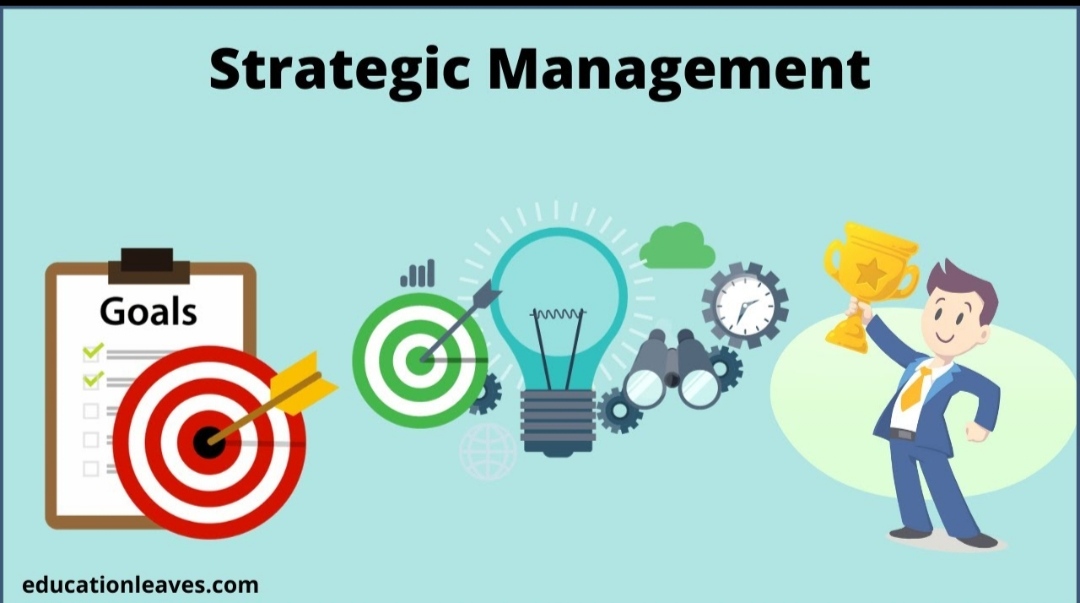Most companies have ambitious plans for growth. Few ever realize them. In their book Profit from the Core, Chris Zook and James Allen report that between 1988 and 1998, seven out of eight companies in a global sample of 1,854 large corporations failed to achieve profitable growth. That is, these companies were unable to deliver 5.5% annual real growth in revenues and earnings while earning their cost of capital (a rather modest hurdle). Yet 90% of the companies in the study had developed detailed strategic plans with much higher targets.
Why is there such a persistent gap between ambition and performance? The gap arises, we believe, from a disconnect in most companies between strategy formulation and strategy execution. Our research reveals that, on average, 95% of a company’s employees are unaware of, or do not understand, its strategy. If the employees who are closest to customers and who operate processes that create value are unaware of the strategy, they surely cannot help the organization implement it effectively.
It doesn’t have to be like this. For the past 15 years, we have studied companies that have achieved performance breakthroughs by adopting the Balanced Scorecard and its associated tools to help them better communicate strategy to their employees and to guide and monitor the execution of that strategy. (For background on the Balanced Scorecard, see our book The Strategy-Focused Organization, Harvard Business School Press, 2000.)
Some companies, of course, have achieved better and longer-lasting improvements than others. The organizations that have managed to sustain their strategy focus have typically established a new unit at the corporate level to oversee all strategy related activities, an office of strategy management (OSM), as we call it.
This might appear to be nothing more than a new name for the familiar strategic planning unit. But the two are quite different. The typical planning function facilitates the annual strategic planning process but takes little or no leadership role in seeing that the strategy gets executed. The companies we studied, however, recognize that effective strategy execution requires communicating corporate strategy; ensuring that enterprise-level plans are translated into the plans of the various units and departments; executing strategic initiatives to deliver on the grand plan; and aligning employees’ competency development plans, and their personal goals and incentives, with strategic objectives. What’s more, they recognize that the company’s strategy must be tested and adapted to stay abreast of the changing competition. The OSM becomes the central point for coordinating all these tasks. It does not do all the work, but it facilitates the processes so that strategy execution gets accomplished in an integrated fashion across the enterprise.




